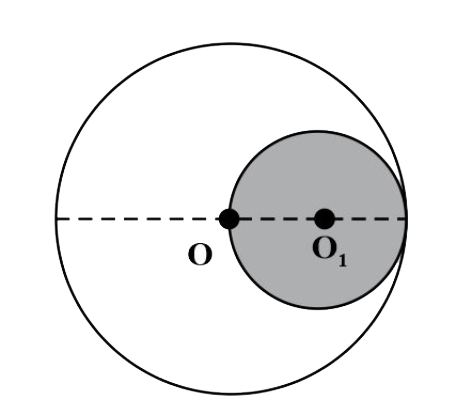One surface of mirror is made opaque by ..........it followed by a thin coating of paint of lead oxide.
To answer the question, we need to fill in the blank regarding how one surface of a mirror is made opaque.
1. Understanding the Mirror Construction: A mirror typically consists of a reflective surface that reflects light. To make one surface opaque, we need to apply a material that prevents light from passing through.
2. Identifying the Process: The process used to create a reflective surface on a mirror is known as "silvering." This involves applying a thin layer of silver to the glass surface, which allows it to reflect light effectively.
3. Applying the Opaque Coating: After the silvering process, to make the mirror's surface opaque, a thin coating of paint is applied. In this case, the paint used is made of lead oxide.
4. Final Answer: Therefore, the complete statement is: "One surface of the mirror is made opaque by silvering followed by a thin coating of paint of lead oxide."
Topper's Solved these Questions
- LIGHT ENERGYBOOK - ICSECHAPTER - LIGHT ENERGYEXERCISE - TEST YOURSELF (MATCH THE COLUMN)
1 Videos
- LIGHT ENERGYBOOK - ICSECHAPTER - LIGHT ENERGYEXERCISE - TEST YOURSELF (SELECT THE CORRECT)
10 Videos
- LIGHT ENERGYBOOK - ICSECHAPTER - LIGHT ENERGYEXERCISE - EXERCISE (PICTURE STUDY)
10 Videos
- HEATBOOK - ICSECHAPTER - HEATEXERCISE - EXERCISE (PICTURE)
10 Videos
- MODEL TEST PAPER 1BOOK - ICSECHAPTER - MODEL TEST PAPER 1EXERCISE - SECTION II
43 Videos
Similar Questions
Name the gas evolved in each of the following cases : Action of heat on lead oxide.
View SolutionThe refractive index of the material of a prism is √2 and the angle of the prism is 30∘. One of the two refracting surfaces of the prism is made a mirror inwards, by silver coating. A beam of monochromatic light entering the prism from the other face will retrace its path (after reflection from the silvered surface) if its angle of incidence on the prism is
View SolutionWhich one of the following is an oxide ?
View SolutionWrite chemical equations for the following reactions :
Formation of lead (II) oxide from lead nitrate.
View SolutionIn a cubic packed structure of mixed oxides , the lattice is made up of oxide lois one fifth of retrahedral voids are occupied by cation of a while one half of the formula of the oxide is
View SolutionWhich one of the following is an amphoteric oxide ?
View SolutionWhich one of the following forms a basic oxide?
View SolutionCertain thermal decomposition reactions, result in formation of oxides. Give balanced equations for the thermal decomposition of the following, which result in formation of a metallic oxide. A. Limestone b. Lead carbonate c. Calcium nitrate d. Calcium hydroxide.
View SolutionA spherical cavity is made in a lead sphere of radius R such that its surface touches the outsides surface of lead sphere and passes through the centre. The shift in the centre of mass of the lead sphere as a result of this following, is

View SolutionThe outer surface of a transparent glass slab of refractive index μS=1.5 is coated by a thin layer of transparent medium of refractive index μC=1.6. Orange light of wavelength 6400Å falls normally on the coating. The reflected light at the upper surface and at the lower surface of the coat interfere destructively. If thickness of the coat is 5K×10−8m, calculate the minimum value of K.
View Solution
